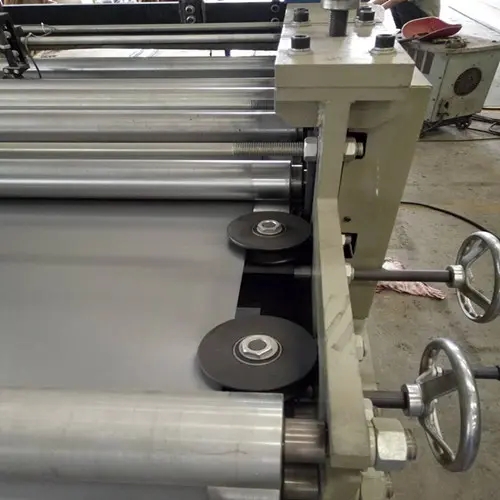
Understanding Downpipe Machines A Comprehensive Overview
In the world of industrial manufacturing and construction, efficiency and precision are paramount. Among the various machinery that contribute to this efficiency, the downpipe machine has carved out a niche for itself, particularly in the production of downpipes used in drainage systems. This article explores the downpipe machine, its functionality, applications, and significance in various industries.
What is a Downpipe Machine?
A downpipe machine is a specialized piece of equipment designed to manufacture downpipes, which are essential components in drainage systems. These pipes facilitate the efficient removal of rainwater and other forms of runoff from roofs, directing it safely to the ground or into a drainage system. The downpipe machine typically operates by feeding raw materials, often metal or plastic, into a system that shapes, cuts, and finishes the pipes to the required specifications.
How Does It Work?
The functioning of a downpipe machine involves a series of steps
1. Material Feeding Base materials, usually sheets or coils of metal like aluminum or steel, are fed into the machine. The choice of material often depends on the project's requirements, such as durability, cost, and environmental conditions.
2. Forming The machine employs a series of rollers and dies to shape the material into the desired diameter and profile. This process is crucial as it determines the structural integrity and functionality of the final product.
3. Cutting Once formed, the pipe is then cut to the specified lengths. This step ensures that the downpipe fits the installation requirements, which can vary depending on the design of the building or structure.
4. Finishing After cutting, the pipes may undergo several finishing processes, including surface treatment to prevent corrosion, painting, or galvanization. A well-finished downpipe not only enhances durability but also aesthetics, blending seamlessly with the building structure.
5. Quality Control Finally, rigorous quality control measures are implemented. This includes testing for strength, durability, and compliance with industry standards to ensure that every downpipe is ready for installation.
Applications of Downpipe Machines
Downpipe machines are prevalent in multiple industries. Here are some of the primary applications

- Construction In residential and commercial buildings, downpipes play a crucial role in managing rainwater and preventing water damage
. The construction industry relies heavily on downpipe machines to produce custom solutions tailored to specific architecture.- Manufacturing Facilities that specialize in creating drainage solutions often utilize downpipe machines to maintain efficiency and reduce waste during production.
- Agriculture Proper drainage is vital for agricultural fields, especially in areas prone to heavy rainfall. Downpipes manufactured by these machines can effectively channel excess water away from fields to prevent flooding.
- Infrastructure In public works and infrastructure projects, downpipes are essential for ensuring the integrity of roads, bridges, and other structures.
Importance of Downpipe Machines
The significance of downpipe machines extends beyond their immediate applications. They contribute to
- Efficiency Automated machines reduce human error and increase output, driving down costs and production time.
- Sustainability With advancements in technology, modern downpipe machines can work with recycled materials, promoting sustainability in manufacturing processes.
- Customization The ability to produce downpipes of various sizes and materials allows manufacturers to cater to specific customer needs, thereby enhancing satisfaction and market competitiveness.
- Innovation Continuous improvements in downpipe machine technologies lead to better designs, improved material handling, and higher quality outputs; this evolution drives the entire industry forward.
Conclusion
In summary, downpipe machines play an integral role in the manufacturing process of pipes crucial for effective drainage solutions. Their efficiency, versatility, and importance in various sectors highlight the need for ongoing development and investment in this technology. As urbanization continues to increase, the demand for reliable drainage solutions will only grow, making downpipe machines essential to meeting future infrastructural challenges. Whether in construction, agriculture, or manufacturing, these machines represent a linchpin in the ongoing quest for innovation and efficiency in industrial practices.